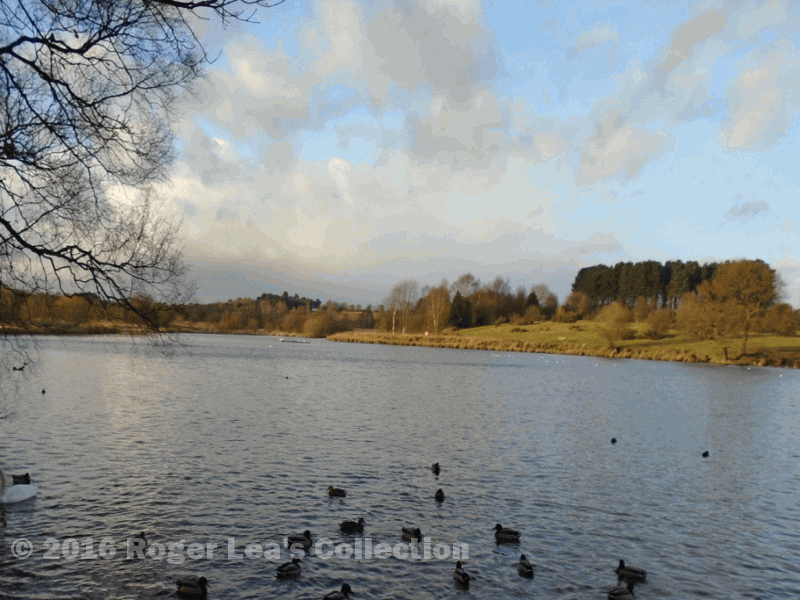There are five pools in Sutton Park today, but three hundred years ago there were none belonging to the Park. Keepers Pool and Windley Pool were in existence, but they were part of an estate belonging to Sir Tomas Holt of Aston Hall, while Bracebridge Pool was leased out to Lord Ffoliot of Four Oaks Hall. There was probably a small pool on the site of Powells Pool, but this also lay outside the Park on Aston Hall land. The water from none of the pools at that time was used for powering a water mill.
Keepers, Bracebridge and Windley are all believed to have been created in the Middle Ages primarily as fisheries, but also to encourage ducks and other game birds - a document of 1433 refers to an eyrie of swans that was kept on one of the pools. There were two other pools in Sutton in 1433, the large mill pool where the Gracechurch Centre is now, and another pool near Clifton Road, and these were also valued as fisheries.
By 1730 owners of large estates had begun to consider landscaping their parks and farms, with tasteful clumps of trees, vistas with statuary, picturesque temples and grottoes, and one of the essential ingredients was a lake or other water feature. A writer in 1762 refers Four Oaks Hall having an estate “which is but small in compass, and withal destitute of both wood and water” but “Bracebridge Pool, a fine piece of water of forty acres, environed by two woods…is a very desirable addition” - a picturesque cottage had been built on its dam. The same writer observes that there are wild ducks and teal to be had on the large pools, while angling was also a gentlemanly sport.
It may have been the desire to possess a fine piece of water which would enhance the landscape and provide him with sport that led a wealthy Suttonian, Mr. John Ryland, to wish to create a pool at Longmoor. The Warden and Society, being the Corporation of Sutton at the time, granted him permission to make a dam there and gave him a 21-year lease on the resulting pool. When two other Sutton gentlemen, Mr. Dolphin and Mr. Homer, applied for permission to make Blackroot Pool in 1757, the improvement of the scenery and the enjoyment of shooting birds and catching fish may have been their object.
But by 1762 there were watermills at both Blackroot and Longmoor Pools, and the idea that the pools were intended as features to beautify the landscape was forgotten - “Some rivulets that take their rise in this park, feed several mills built in and near it; not only for grinding corn, but for boring musket barrels, polishing metal buttons, making saws, grinding axes, knives and bayonets, and performing various other operations for the mechanical traders in Birmingham; who having had great numbers of their workmen impressed, or voluntarily inlisted in his majesty’s service during this war (the Seven Year’s War), have set their inventions to work to perform by mills many operations which used to employ more hands than can be procured in the latter end of a war, when so many have been buried in Germany and Canada…the streams themselves not being capable of constantly moving the mills by their common current, reservoirs are made.” So wrote “Incola” in an article published in The Gentlemen’s Magazine in 1762.
